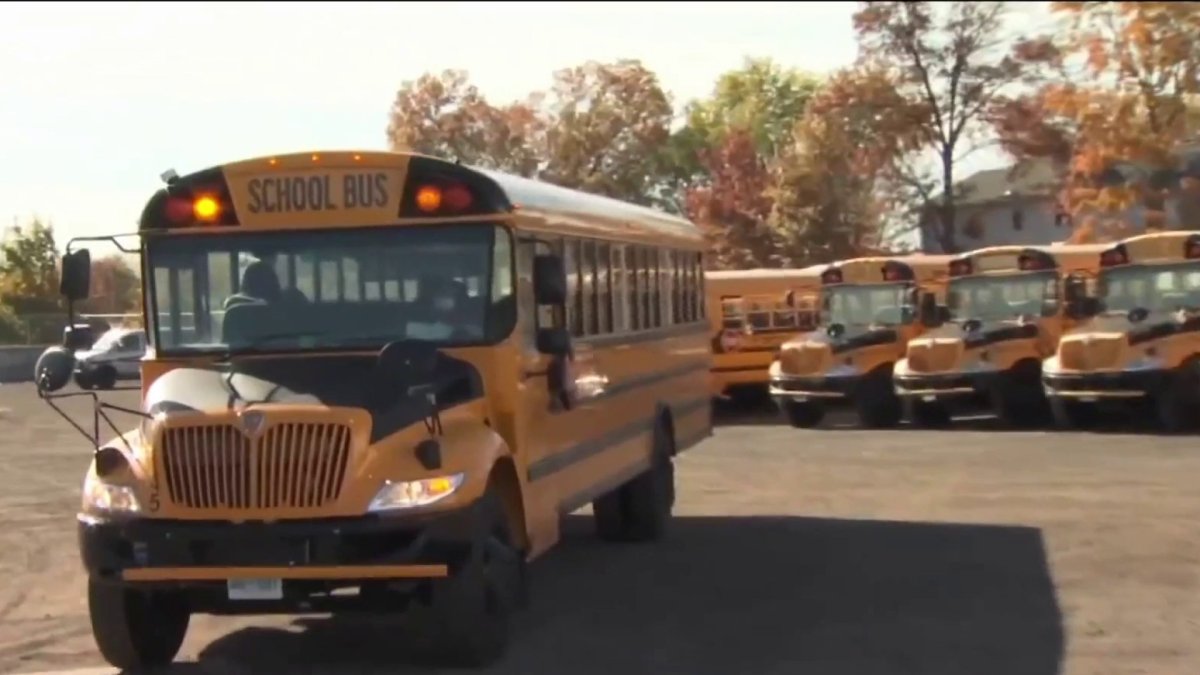
A shortage of school bus drivers is causing districts to turn to methods like cutting routes or doubling up on kids on buses.
When it comes to school bus driver issues this year, we’ve heard it all.
A shortage of school bus drivers is causing districts to turn to methods like cutting routes or doubling up on kids on buses. The result? Students are winding up late to class.
“I stand around for a very long time, I never know when they’re gonna get home," Monica Mazzarella of Groton said.
“Sometimes I’m getting off of work so it’s a lot," Shaina Moye of New Haven added.
Get Connecticut local news, weather forecasts and entertainment stories to your inbox. Sign up for NBC Connecticut newsletters.
As for why this is happening, Automatic Data Processing, or ADP, has some answers. ADP is one of the world’s largest payroll processing companies.
The company shared salary and demographic data it has compiled on roughly 2,800 school bus drivers nationwide. It looks at information on pay and demographics from more than 50 schools and major transportation companies.
“We dove deep into the ADP payroll data to find out what is going on with school bus drivers," ADP Chief Economist Nela Richardson said.
Local
In general, ADP says of those findings, school bus drivers tend to be older, and less well paid than the typical U.S. worker.
ADP chief economist Nela Richardson said for example, over 50% of the school bus drivers in the ADP sample were over 55 years old, and one in five drivers were over 65.
“In fact there are some that are very much in the workforce, very present as of today,” Richardson added.
ADP also learned school bus drivers tend to be male, 62%, versus 38% female drivers.
And, they’re less paid than the typical worker. They make about $23 an hour, versus a national average of $31 an hour.
Richardson points out that school bus drivers were one of the professions hardest hit by the pandemic.
“Numbers actually plummeted as schools shuttered around the country in the early days of the pandemic, and they have not returned, nearly to pre-pandemic levels.”
Going into the fall of this year, ADP says the total number of bus drivers was down 13% compared to pre-pandemic figures.
The final ADP finding: it’s the younger drivers that left the profession - those 25 to 35-years-old - dropping 30% throughout the 2021 school year.
“Who stayed or came back? It’s those drivers over 55. They just saw a small drop in their headcount early on and now they’re actually up higher than pre-pandemic levels," Richardson said.
All that data has shed some more light on why the school day has become more uncertain for working families and parents.